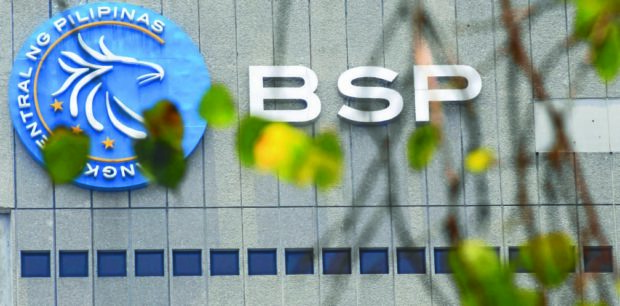Companies may have a harder time taking out a loan in the first quarter of the year as banks are expected to further tighten their lending standards for businesses on reduced tolerance for risk, according to the latest survey of senior bank loan officers conducted by the Bangko Sentral ng Pilipinas (BSP).
The BSP’s latest quarterly Senior Bank Loan Officers’ Survey, which also covers the fourth quarter of 2022, showed that this was the scenario based on a “diffusion index” (DI) approach on the data collected from 50 universal and commercial banks as well as thrift banks. Data from respondents came in between Dec. 14, 2022, and Jan. 13, 2023.
In the DI approach, a positive DI for credit standards means that there are more banks that tightened their credit standards or became more strict.
Meanwhile, a negative DI indicates that more respondent banks eased their credit standards compared to those that tightened (“net easing”).
The fourth quarter 2022 survey showed a DI of 14.9, a slight increase from 14.6 in the previous quarter.
Lower tolerance
Similar with results in the survey conducted three months earlier, the stricter lending process to business is seen being driven mainly by banks’ lower tolerance for risk and deterioration in borrowers’ profiles.
This was also the overall scenario in the fourth quarter last year when tighter lending standards were additionally influenced by banks’ reduced tolerance of risk and a more uncertain economic outlook.
Net tightening of overall credit standards for businesses is reflected in, among others, stricter collateral requirements and loan covenants and reduced size of credit lines.
For households or consumer borrowers, banks are expected to still be accommodative in the first quarter this year amid an improvement in borrowers’ profiles and profitability of banks’ portfolios, as well as higher risk tolerance.
The Philippine Statistics Authority reported that household spending on goods and services was the greatest contributor to the higher-than-expected growth rate of Philippine gross domestic product in 2022.
Household expenses
Of the 7.6-percent growth rate recorded, based on preliminary data, household expenses accounted for 6.1 percentage points.
However, lending standards in the fourth quarter of 2022 also became more strict compared to the third quarter when standards were eased.
Regarding the demand for loans, bank officers are expecting a net increase in overall demand from businesses in the current quarter, driven by customers’ more optimistic economic outlook as well as increased customer inventory and accounts receivable financing needs.
Demand for loans from households is likewise expected to show a net increase, mainly due to higher household consumption and housing investment. INQ
